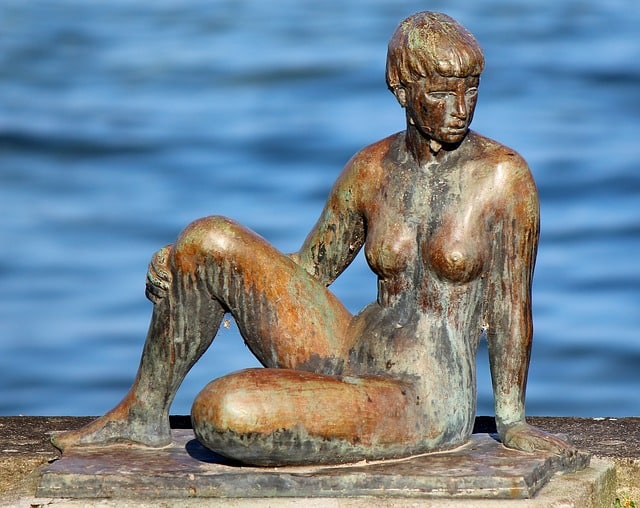
A figurative image seeks to faithfully reproduce reality.
The concept of image has several uses. It can be about the appearance or representation of something . Figurative , on the other hand, is that which is a figure of something else.
It is known as figurative art , meanwhile, the artistic style that seeks to represent elements of the real universe. In this way, a figurative image is constituted as a representation whose figure shows forms that can be identified from the senses .
Characteristics of a figurative image
Figurative images, therefore, can be related to objects that belong to reality since they faithfully represent them. These are identifiable images, unlike what happens with abstract art creations.
The silhouettes and lines of figurative images can be differentiated from each other and are recognizable . It is often said that cave paintings are the first figurative images created by humans : in them, prehistoric man captured his surroundings in the most exact way he could.
An example
A figurative image of a person, for example, has two legs, two arms, and a head. This is because people, unless some type of anomaly is recorded, are born with said physical configuration. If the image of a supposed individual is a kind of multicolored spot with lines running through it, it is not figurative.
Beyond their closeness to reality, figurative images can be non-realistic : in these cases, the artist modifies the proportions and exaggerates the features , but without achieving a marked departure from the real object, which remains easy to recognize.

In a figurative image, what is represented can be easily recognized.
Process of creating a figurative image
The work of each artist when creating a work of figurative style may be different, since this depends on several factors. For example, one of the common tendencies is to have the model to be represented in front of you, to check that the proportions of the work correspond to yours at every step. On the other hand, there are those who do part of the work in front of the model and then finish it in their workshop .
The possibilities are many more, since another factor is the medium in which the work is captured: a mural is not the same as a painting on canvas, nor is a large sculpture the same as a small statuette. The use of a model can also take many forms, whether it is an object or a person; In the academic field, for example, portrait sessions with people hired to pose in front of students are common.
It is important to note that there are no more or less figurative forms of art, but in any case we can speak of a figurative image with a greater or lesser degree of iconic component , and this applies to all areas of art. As long as the conditions set out above are met, that is, it is possible to recognize the model that inspired the creation, then there is no doubt about its nature as a figurative image.
The performing arts
The case of the performing arts is very particular, since they use the figures they represent as figurative elements: a person who represents another or a fictitious being that the public can recognize as a human or humanoid being given their physical characteristics .
We must not forget that the figurative image can include all kinds of elements, in addition to the main ones; For this reason, we must also focus on the stage in which the artist has decided to place the subjects and objects, and there the different elements are also recognized. Of course, it is also possible to combine two or more styles, so we can have a fusion of figurative and abstract art, for example.
